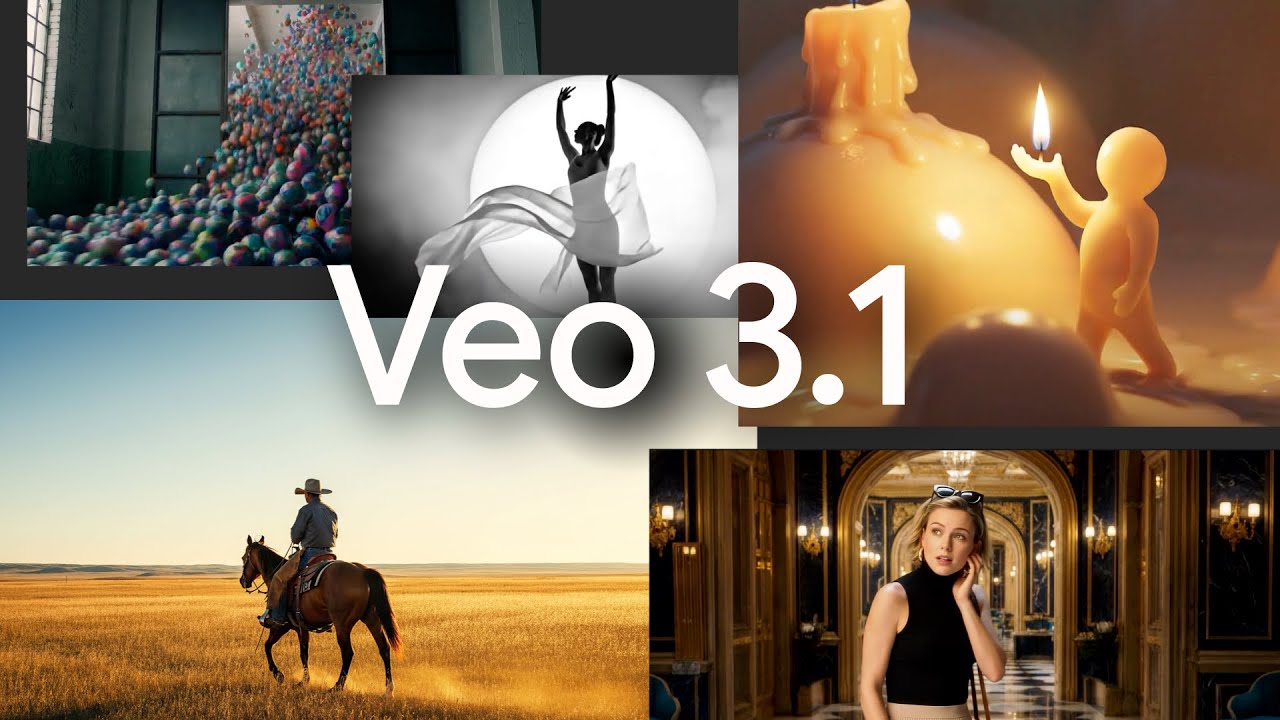Google is rolling out Veo 3.1, its latest video AI model, for the Flow platform and other Google services.
According to Google DeepMind, the new version offers better prompt following, more realistic textures, and improved audiovisual output. Veo 3.1 replaces Veo 3, the previous model used in Flow, which Google says has generated more than 275 million clips since its launch five months ago.
New generation and editing functions
For the first time, Flow supports AI-generated sound in three core features. "Ingredients to video" lets users upload multiple reference images to create scenes with specific characters, objects, and styles.
"Images to video" builds seamless transitions between two selected images, with users able to set the start and end points for more control.
"Extend" continues an existing video clip, allowing the AI to pick up the action from the last frame. In each case, Veo 3.1 generates a matching audio track. Google notes that these audio features are experimental and will be developed further based on user feedback.
Flow also gets new editing tools. "Insert" lets users add new elements to a scene, whether realistic details or fantasy creatures, with lighting and shadows adjusted automatically. The upcoming "Remove" tool will allow users to erase unwanted objects or figures, with the AI filling in the background.
Veo 3.1 is available in Flow, through the Gemini API, and for business via Vertex AI. End users can test the model in the Gemini app. A demo app for Veo's video features is also available, but requires an API key.
Access is organized by subscription tier. The free plan offers 100 AI credits per month. "Google AI Pro" includes 1,000 credits, while "Google AI Ultra" provides 25,000 credits and full access to Veo 3, including the fastest implementation, "Veo 3 Fast."




